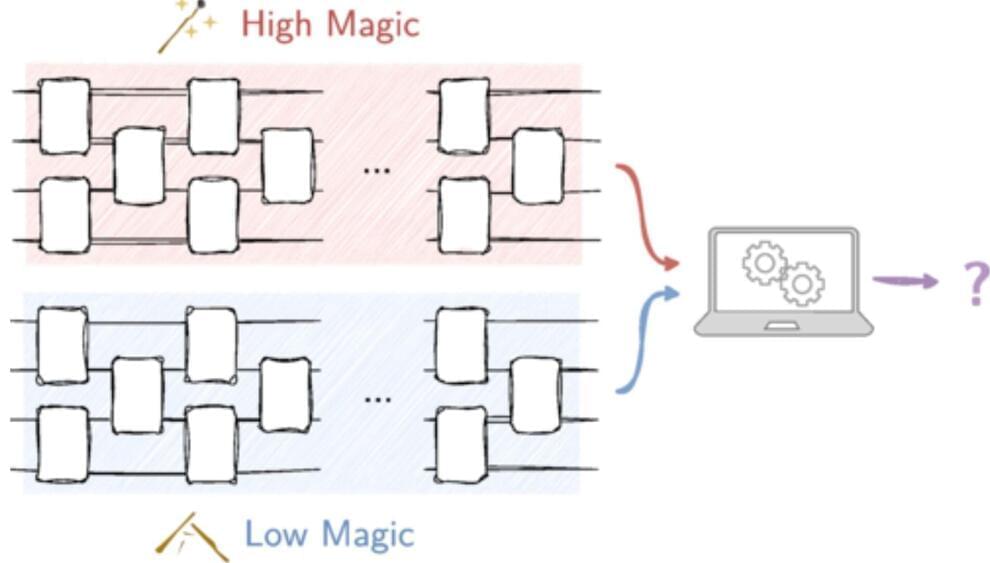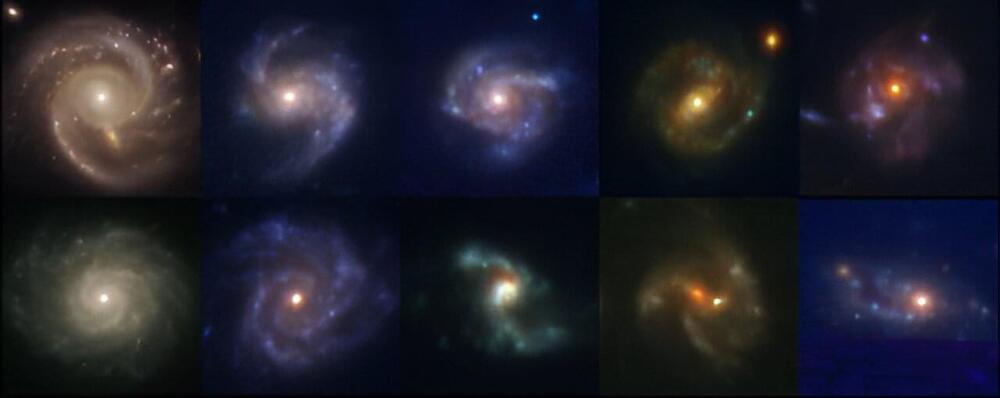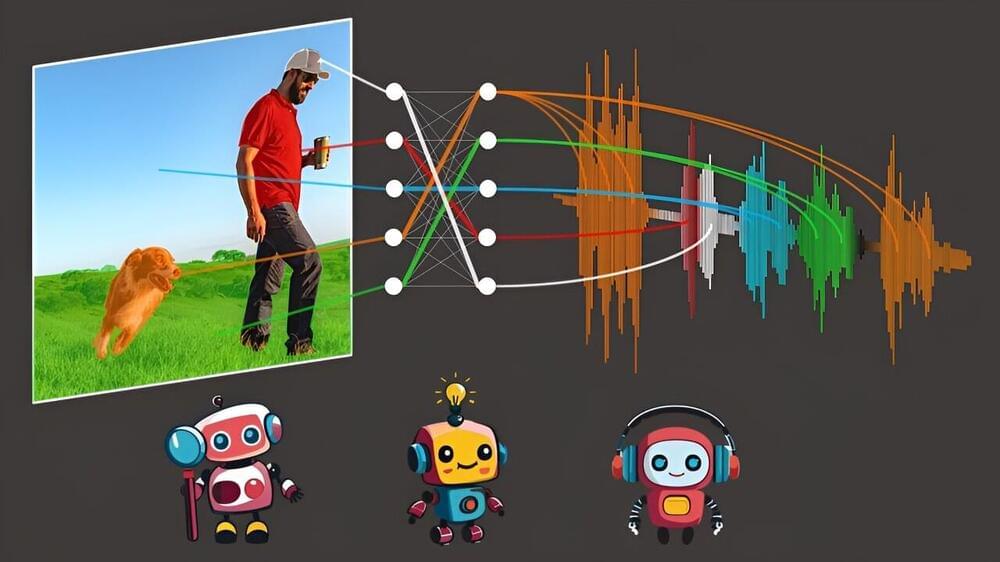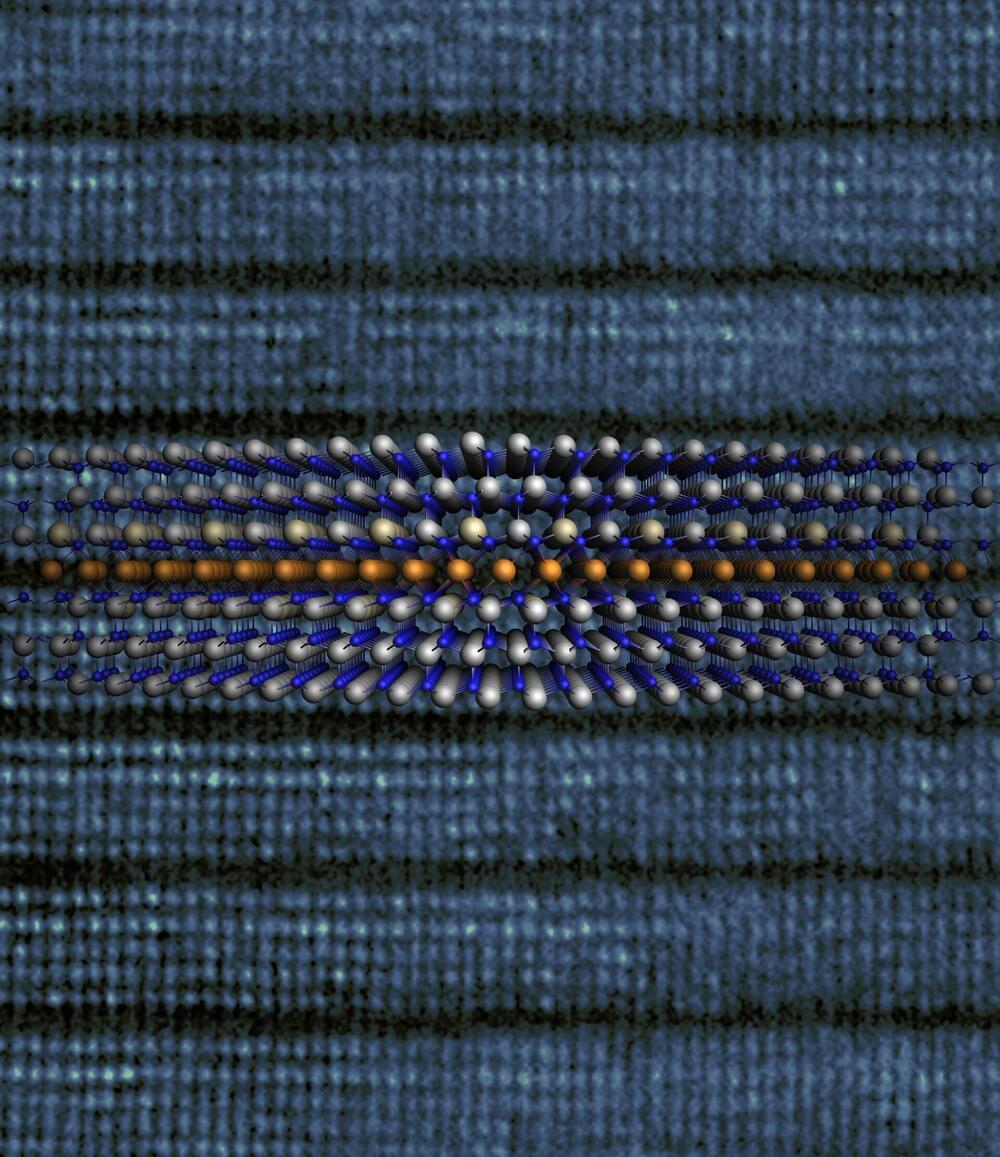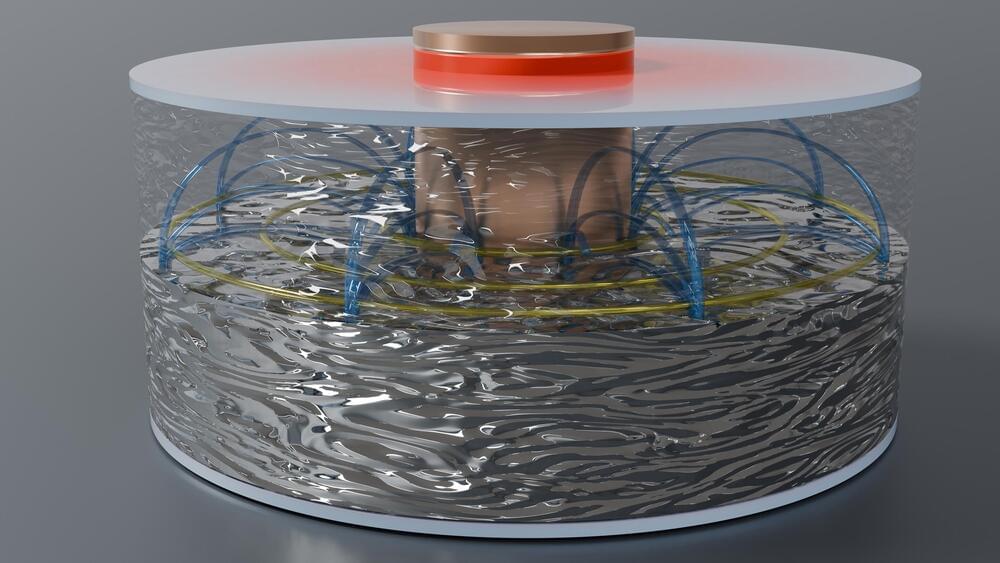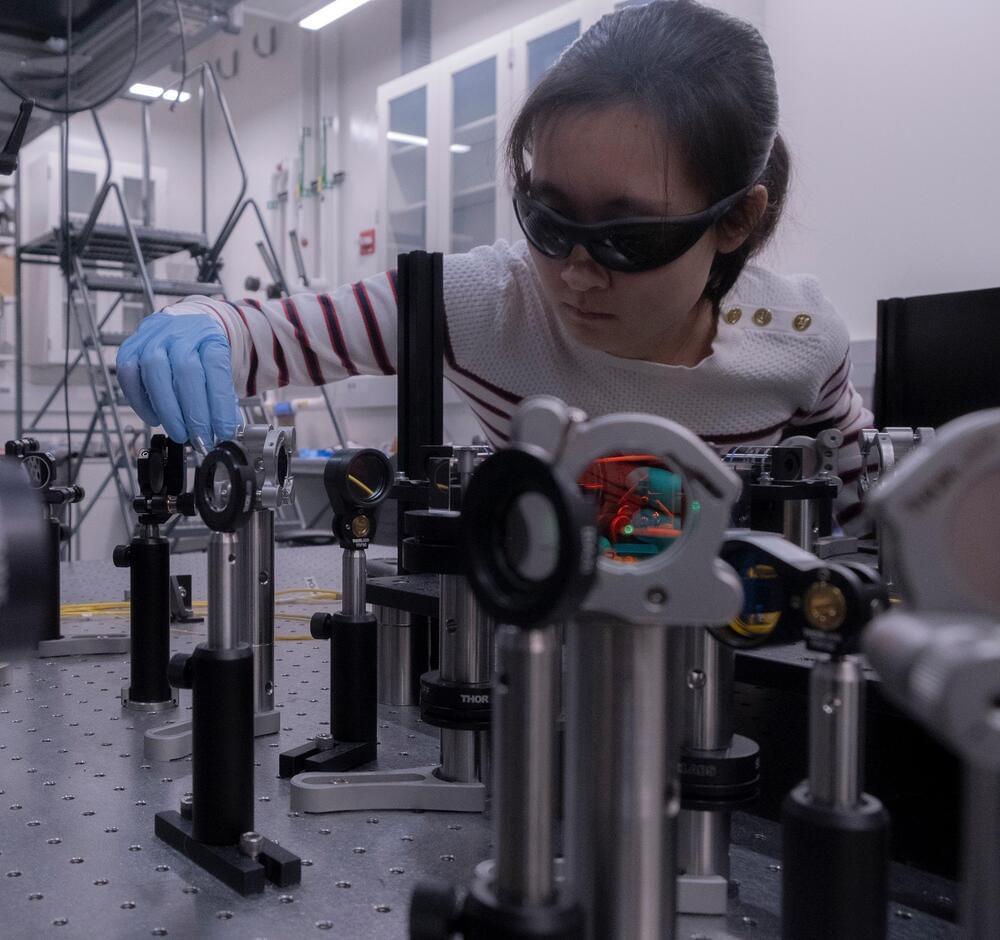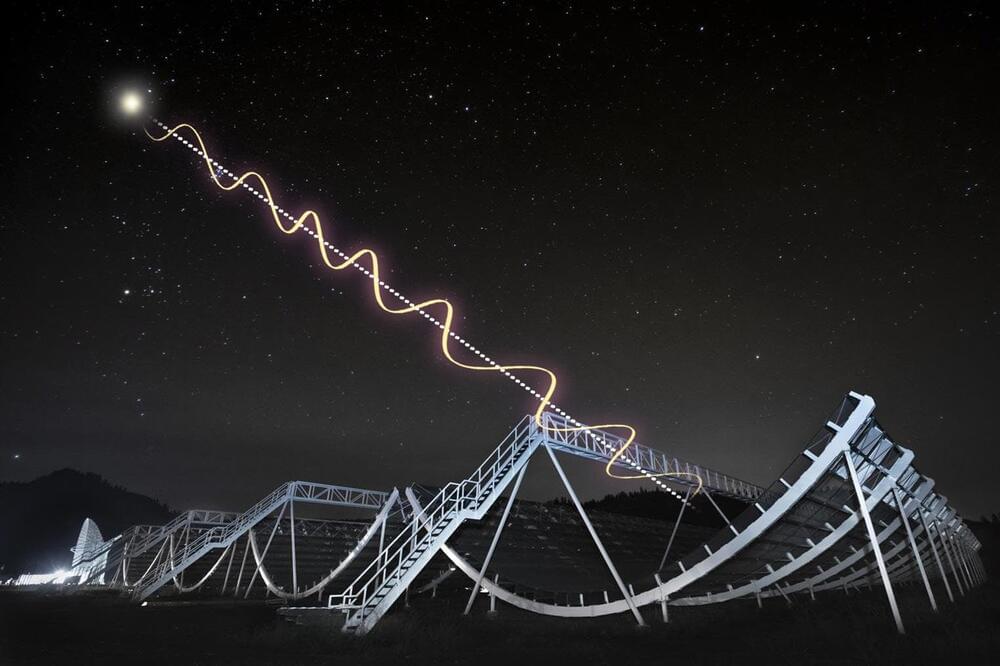
A new study confirmed that a 3500-year-old Mycenaean suit of armor was combat-ready, as evidenced by tests with Greek Marines enduring a rigorous combat simulation, highlighting its significant role in Mycenaean military prowess.
A study recently published in the open-access journal PLOS ONE reveals that a famous Mycenaean suit of armor was designed for extended combat, not just for ceremonial purposes. The research, conducted by Andreas Flouris and colleagues at the University of Thessaly in Greece, supports its use in active warfare.
One of the oldest known suits of European armor is a 3500-year-old suit found near the village of Dendra, a few kilometers away from ancient Mycenae. Since its discovery in 1960, it has been unclear if this was a ceremonial suit or if it was suitable for battle. This question has important implications for understanding warfare in Late Bronze Age Europe, but no historical accounts describe the use of this style of armor. In this study, researchers combine historical and experimental evidence to investigate the combat suitability of the Dendra armor.
